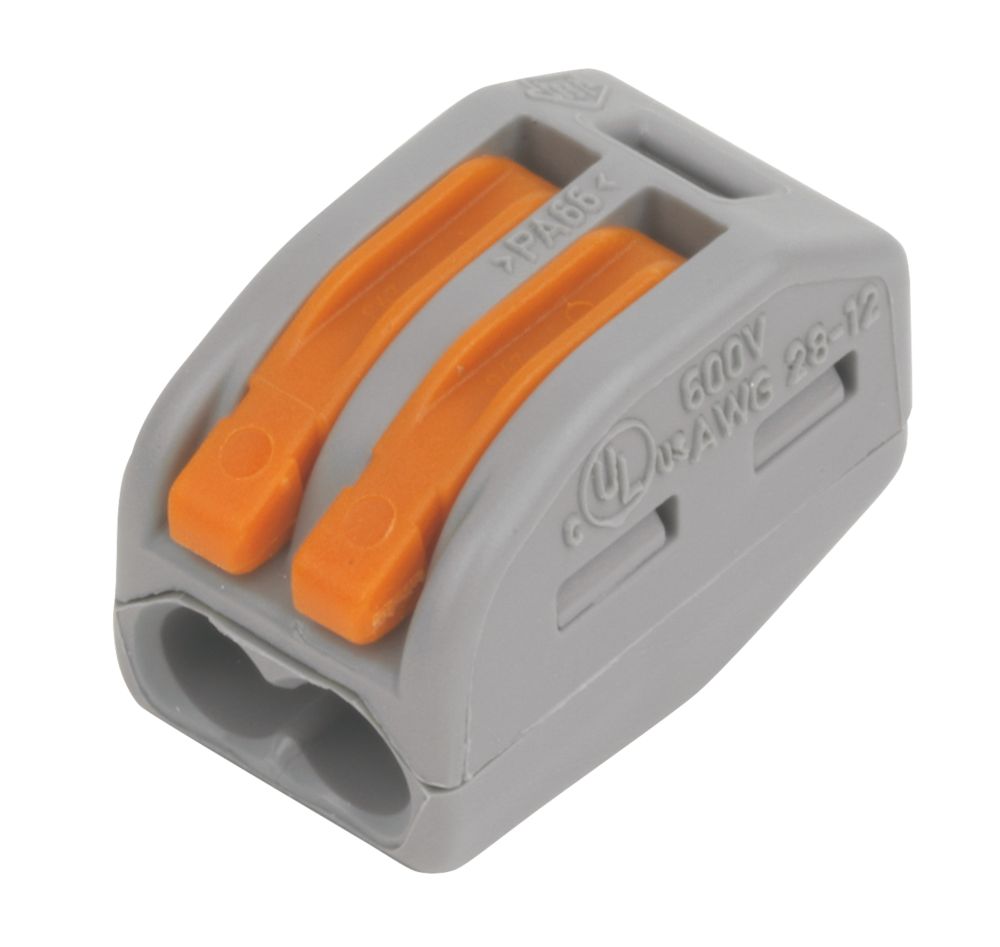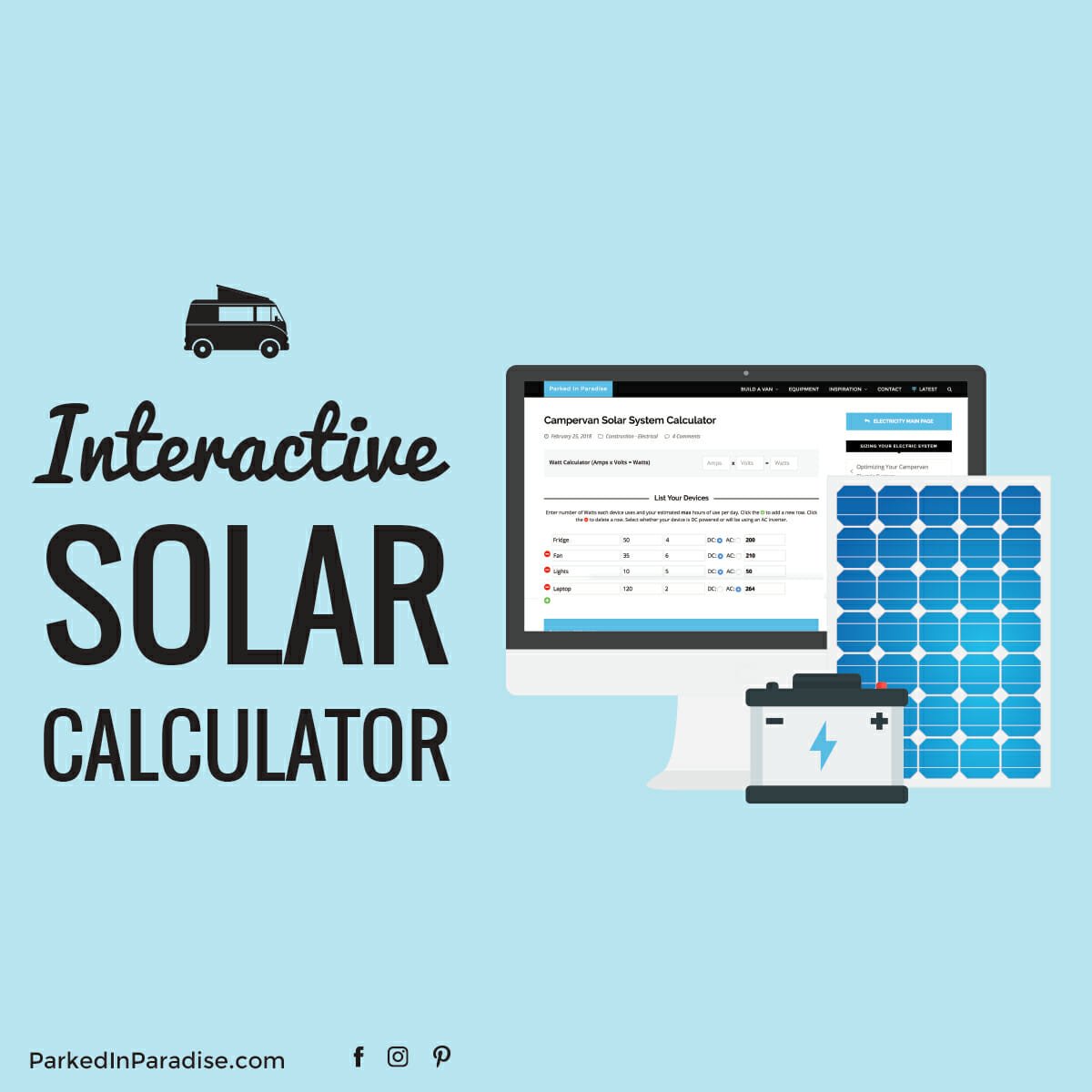Lead technology batteries, be they AGM, gel or wet, need to be charged in the final stage at over 14V for some time. Hours. This is important to keep them in good condition. Only charging at 12.7V is pathetic, barely a sniff of charge would enter at that level, unless I have mis-understood ?
When low they can accept current from the charger at a higher rate, but as they fill up this decreases, so still take a long time to top off. 14 hours or more to complete. You can't force the energy in, they will accept it at their own rate. Gel and AGM should be better at accepting charge than wet.
E.g. a typical three stage charger will only deliver it's rated output during some of the bulk charging phase. As it approaches the 14.3V point the current that the
battery will accept is much less. It will only have reached about 80% of capacity even by then. This level is then maintained for some time, hours, after that to squeeze say the last 20% in.
My Schaudt Electrobloc has a LAS 1218 18A module, very common, rather basic, maintains 14.3V for 16 hours for wet cells and AGMs, 4 hours if switched to the gel setting. By then they should be full. Then the voltage is reduced to 13.8 V as a trickle maintenance level to keep up with the self discharge inherent in lead technology batteries.
Other chargers are much more sophisticated, can guess the capacity, adjust the absorption phase times, correct for temperature (higher voltage at lower temps.) but basically apply the same principle. Bulk, absorption, trickle. Whether, in reality, they do a significantly better job is a moot point.
The likes of
Victron take this to a high level, also monitoring current in and current out then divining the capacity remaining, estimating run times, elaborate displays, basically by applying Peukert's law (known since 1897), with their own added sophistications, even bluetooth to you're phone running their app, so you can mesmerise yourself with possibly dodgy data, to the nth decimal point. Self calibration and so on. From what I've read, if these get out of calibration they may even think that the
battery is already full and refuse to charge it any more, even if that's incorrect.
All good fun for techies, but nothing that a basic multimeter can't indicate in a straightforward van installation, together with a current
shunt. My Electrobloc already has one inside, it's not connected to the basic monitoring panel though the wiring is there. 1 mV per A for those interested. Just measure the current draw of each individual appliance, then estimate your likely overall usage. Apply some conservative Peukert factors, particularly if you use something with a heavy drain, such as an
inverter.
I previously used a little 20A meter that plugs in in place of a blade
fuse, learned lots from it.

en.wikipedia.org
Practically you'll rarely fully charge your
battery just from the engine alternator except on a very long run. Or two. Likewise using a generator, unless you run it for many hours. Sure, it will put in useful charge when the batteries are low but you won't completely charge them. You need an electrical hookup overnight, or a
solar installation and plenty of sun for many hours to do that.
With every discharge they lose a little capacity. The lower you take them each time the more the loss. 50% discharge is the rule of thumb before this becomes severe. The smaller the discharge from full each time, the longer they will last, it's a none-linear function. That's why, even if one
battery can cope, down to 50% each time, adding a second
battery will halve this per
battery, resulting in much more than twice the lifespan for the bank. So buying two batteries is cheaper than one, over their lifetime.
If they rarely get fully charged then you might have just 80% to 50% to safely play with, i.e. only 30% of the quoted capacity, when new.
AGM, gel, wet, carbon fibre reinforced plates, calcium alloy, silver, pure lead, traction, marine, deep cycle, take your pick and do your research. Fundamentally the heavier the
battery the more lead there is in it, which is good. Some have strong opinions, possibly just self justification for their most recent purchase.
See
https://batteryuniversity.com/learn/article/lead_based_batteries
My van came with a top of the range banner AGM which failed completely after less than 18 months, not covered by their worthless warranty. Replaced with a pair of Alpha batteries own-brand AGMS for the same price as one new Banner. They gave seven years good service, degrading gracefully, which far exceeded my expectations. Now replaced with a pair of sealed wet versions, as an experiment since they seemed to be heavily hyped. Time will tell. Supposedly good for both starter and habitation duties, powering big inverters etc. which seems too good to be true. The original starter
battery was replaced at the same time, for commonality. 9 years old, still effective. That was a traditional wet one with screw plugs to inspect and top up if necessary, excellent. Not too sure about having the potential for acid to spill from underneath the drivers seat where they live, in a big accident, AGM or gel would be more reassuring.
PS. never solder heavy current leads. Always crimp. Don't crimp then solder "just in case". Reasons are that in an overload the solder may melt and the wires detach, it makes the stranded flexible wire into a solid lump that fatigues under vibration, it adds nothing to a good crimp and is overall a far inferior method for any kind of wiring. A decent set of ratchet crimps (not those mickey mouse ones combined with wire strippers) is not expensive.
You shouldn't find wires twisted together then soldered and covered with sticky tape instead of heatshrink in any professional work. Sadly I've had to fix some like that, done by so called auto electricians, not just clueless amateurs.
As for chocolate blocks with screws onto stranded wire, don't get me started. OK for solid core household wiring with zero vibration. Utterly unsuitable for anything else.
Chuck them in the bin and use things like this, my Dethleffs made van uses them inside all the junction boxes.
Order online at Screwfix.com. Simple and reusable, 2-way lever-operated connector for solid, stranded or flexible conductors. FREE next day delivery available, free collection in 1 minute.

www.screwfix.com
Any wiring on a boat should be done with marine grade wire, each strand tinned for protection. Very important, plain copper strands will rapidly corrode in salty environments causing all sorts of problems. Having to strip out an incorrect installation then start again from scratch because none of it can be trusted soon teaches false economy.
I've skimmed the site in the OP and formed my own opinion. As expected, some decent information once past the product placement, some not so much.


